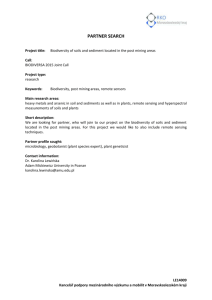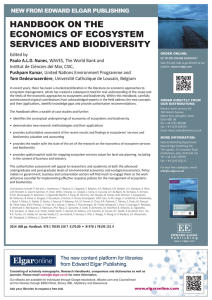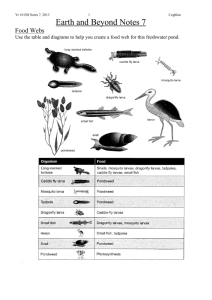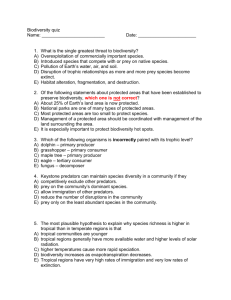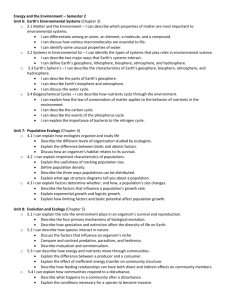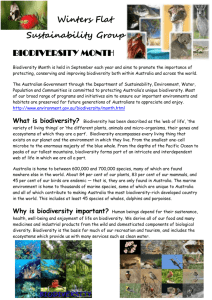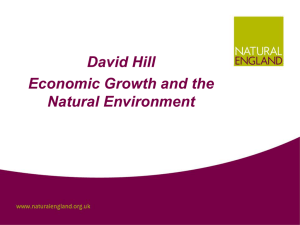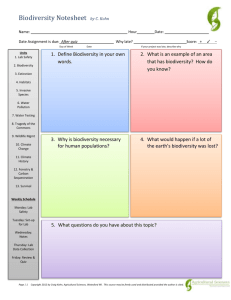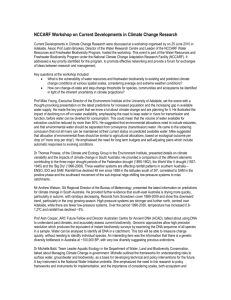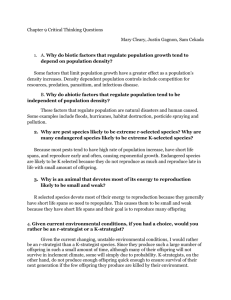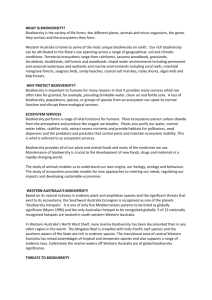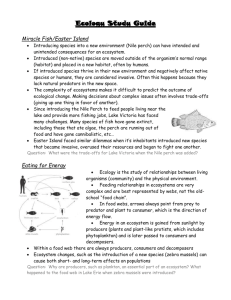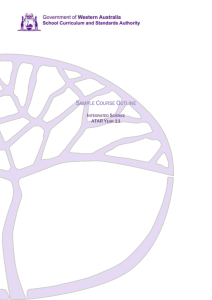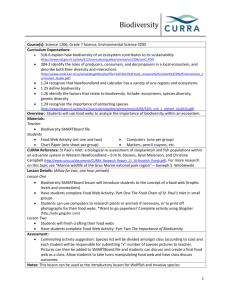Word Format - School Curriculum and Standards Authority
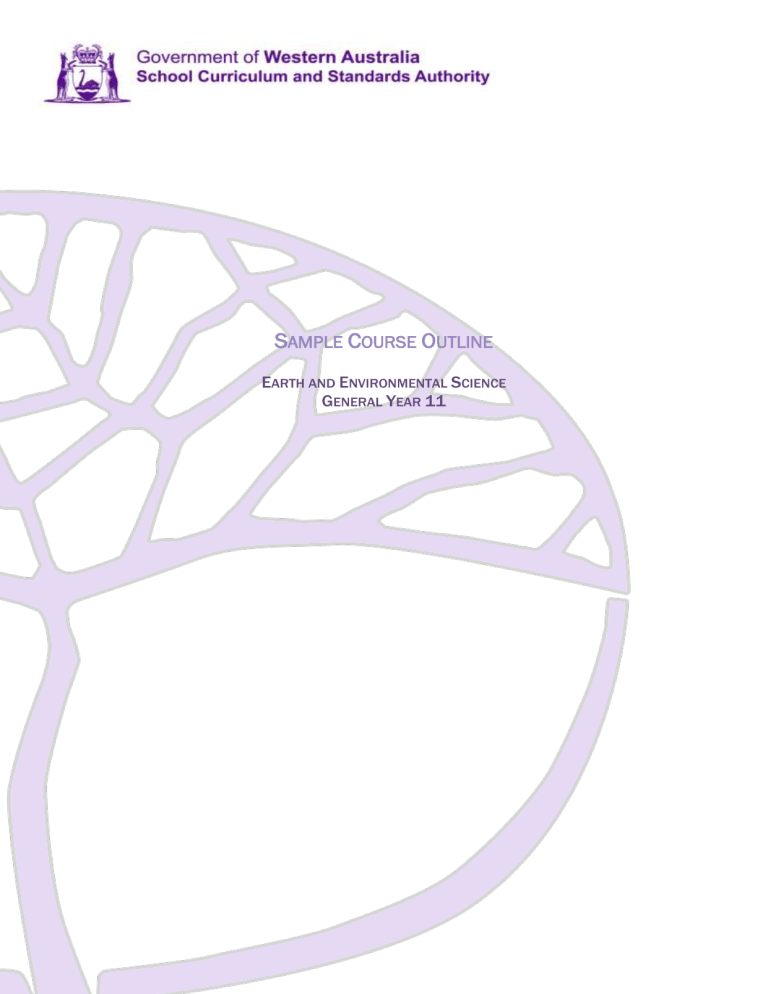
S
AMPLE
C
OURSE
O
UTLINE
E
ARTH AND
E
NVIRONMENTAL
S
CIENCE
G
ENERAL
Y
EAR
11
Copyright
© School Curriculum and Standards Authority, 2014
This document – apart from any third party copyright material contained in it – may be freely copied, or communicated on an intranet, for non-commercial purposes in educational institutions, provided that the School Curriculum and Standards Authority is acknowledged as the copyright owner, and that the Authority’s moral rights are not infringed.
Copying or communication for any other purpose can be done only within the terms of the Copyright Act 1968 or with prior written permission of the School Curriculum and Standards Authority. Copying or communication of any third party copyright material can be done only within the terms of the Copyright Act 1968 or with permission of the copyright owners.
Any content in this document that has been derived from the Australian Curriculum may be used under the terms of the Creative
Commons Attribution-NonCommercial 3.0 Australia licence
Disclaimer
Any resources such as texts, websites and so on that may be referred to in this document are provided as examples of resources that teachers can use to support their learning programs. Their inclusion does not imply that they are mandatory or that they are the only resources relevant to the course.
2014/20410v3
Sample course outline
Earth and Environmental Science – General Year 11
Unit 1 and Unit 2
Semester 1 – Changing Earth
Week
1–2
3–5
6–8
9–10
11–12
13–16
Key teaching points
the structure of the Earth – inner and outer core, mantle, lithosphere – and its position in the solar system
ways in which plate tectonics have changed the distribution of features of the Earth's surface
the occurrence of earthquakes and volcanic activity are related to plate boundaries
plant, animal and geological evidence show that super continents were assembled and broke up over geological time
a mineral is a naturally occurring solid with its own chemical composition and crystalline structure
mineral properties can be determined by practical investigation, including colour, streak, lustre, transparency, hardness (Mohs scale) (see Minerals PowerPoint at ESWA website)
rocks may be composed of several different minerals
Earth’s resources are related to the development of society and technology over time
the texture of sedimentary rocks, including grain size, sorting and rounding, is related to their environment of deposition
weathering and deposition of sediments has a role in the formation of soils
soils have different properties according to the conditions they are subjected to and their parent rock, for example, permeability, nutrients, pH, wettability, electrical conductivity
1
Sample course outline | Earth and Environmental Science | General Year 11
2
Semester 2 – Sustainable Earth
Week
1
2–3
4–6
7–9
10–13
14–16
Key teaching points
composition of the atmosphere on Earth and other celestial bodies; the evolution of the atmosphere is related to changes in biodiversity
the requirements of living things and their relationships to the biotic and abiotic aspects of the environment, including habitat, nutrition, water, temperature
ecology, ecosystem, biodiversity, sustainable ecosystem
a sustainable ecosystem maintains its life support systems. Sustainability of an ecosystem can be affected by natural and human factors
organisms have developed different adaptations to their environments, resulting in biodiversity
areas of local biodiversity can be affected by human impact
Western Australia contains ecosystems which have World Heritage listing (Shark Bay) or classification as a globally recognised biodiversity hot spot (the southwest of Western
Australia)
matter, including carbon, nitrogen and water, moves between reservoirs in the Earth, in oceans and other water reservoirs, in the atmosphere, and within and among organisms as part of biogeochemical cycles; the movement of matter between reservoirs is driven by
Earth's internal and external sources of energy
respiration and photosynthesis are important processes in the carbon cycle
the Mars mission and the search for life involves investigation of the possibility of water and carbon dioxide on Mars
water is an important resource that undergoes constant changes of state and location during the water cycle, and is present in oceans, ice, lakes, rivers, groundwater, and in the atmosphere
water quality and availability are dependent upon the Earth materials through which it moves and the impact of human activities, such as extraction of water, land clearing and use of fertilisers
Western Australia draws its water from catchments, groundwater and desalination plants
changes in land use are linked to environmental changes, such as salinity, eutrophication, soil degradation and nutrient depletion
Sample course outline | Earth and Environmental Science | General Year 11






